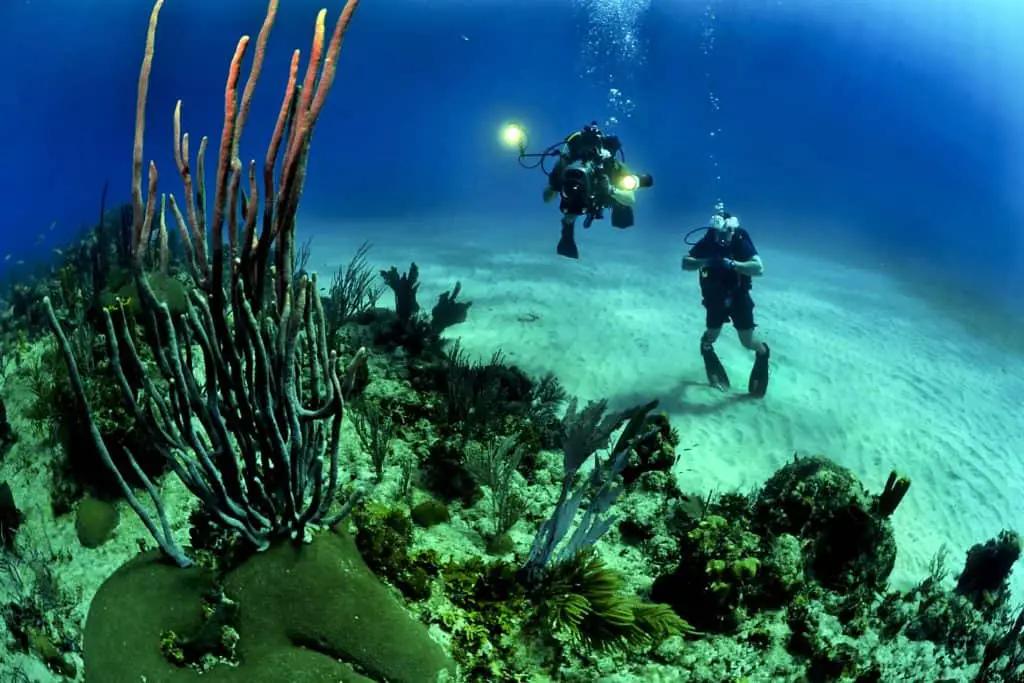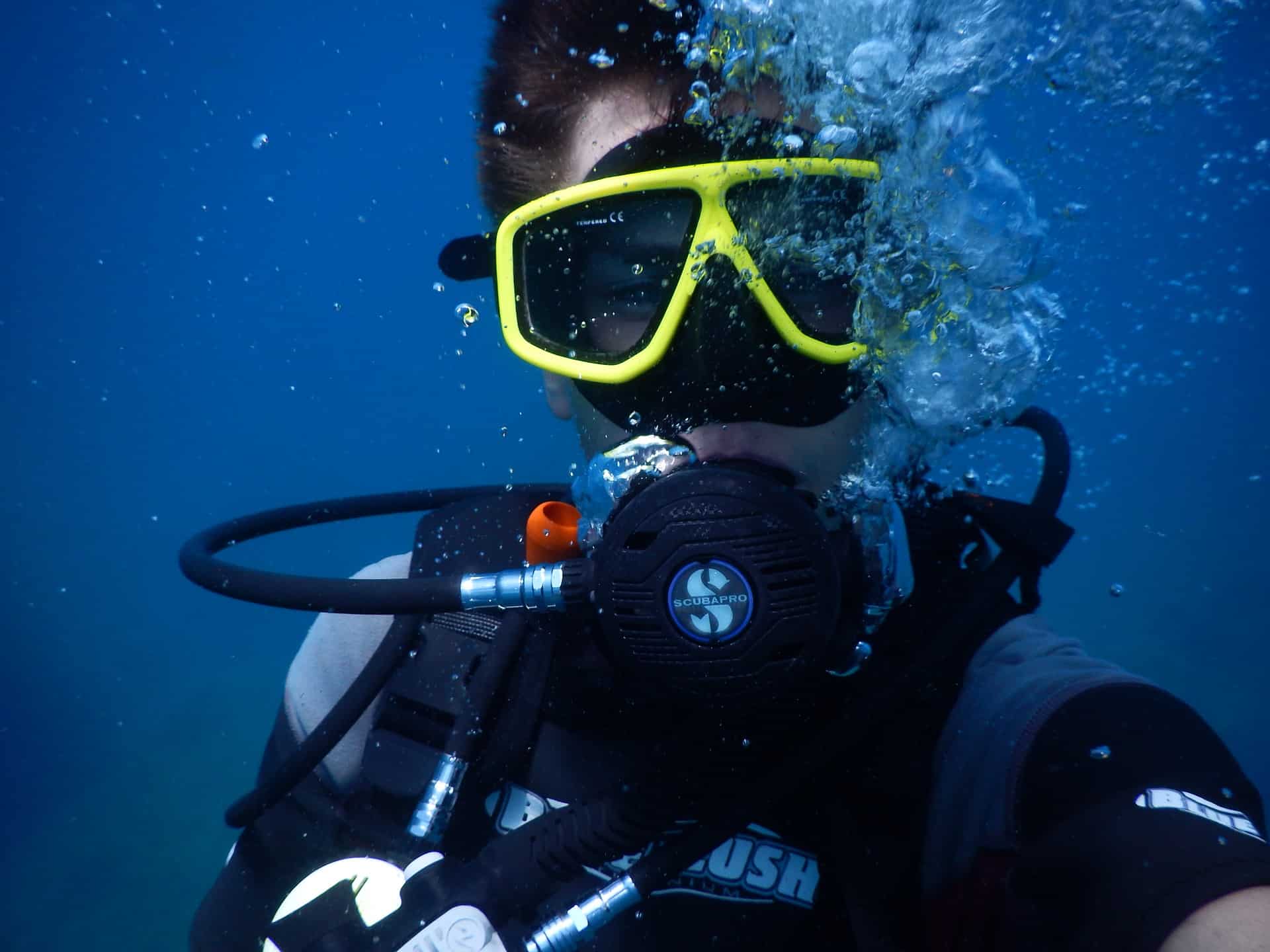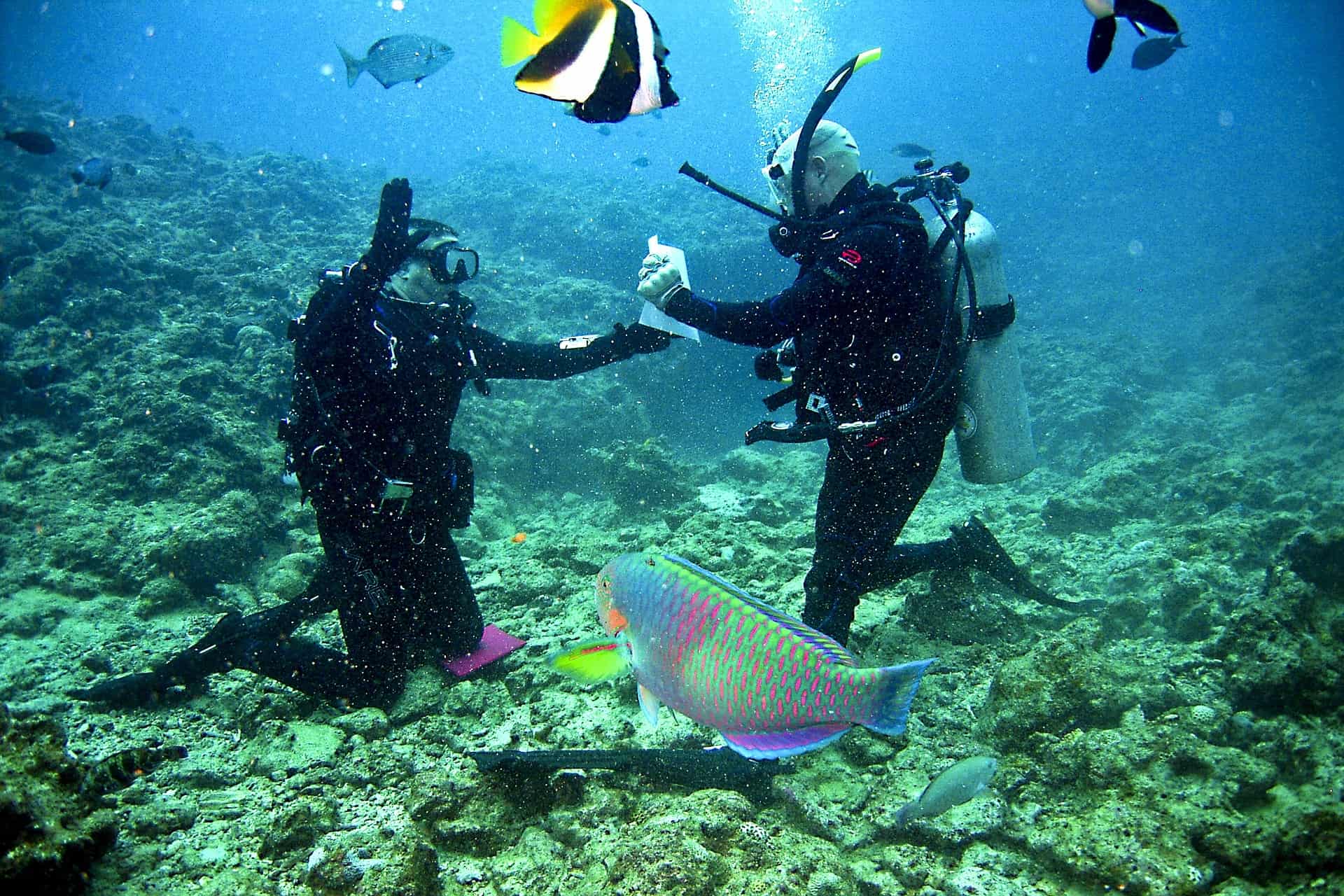What are the Bends in Scuba Diving?
Scuba diving is a hobby and sport that is continuing to increase in popularity every year. When learning to scuba dive, multiple factors need to be taken into consideration – finding the appropriate diving equipment, searching for the perfect location, learning the right diving qualifications, etc. All of these factors are essential. For scuba divers, the risk of decompression sickness plays an important role; therefore, it’s always best practice to gain complete knowledge about this activity before indulging in it.
Decompression sickness (DCS), also known as the bends, diver’s disease, caisson disease, and aerobullosis. It is a condition that arises during depressurization from dissolved gases that come out of the solutions present in your body in the form of bubbles.
While underwater diving decompression is the main cause of this disease, other depressurization events such as extracurricular projects from spacecraft, flying in unpressurized aircraft at high altitude, and emerging from caisson can also cause you to experience DCS. Here is all you need to know about the bends in scuba diving:
What Are the Bends?
As mentioned above, the bends occur in scuba divers, high-altitude flyers, and during aerospace events, when dissolved gases (mostly nitrogen) come out of solution in bubbles. This disease can affect any body part including the skin, heart, brain, lungs, and joints.
Scuba divers, astronauts, and aviators experience rapid changes in pressure during scuba diving and from sea level respectively. Commercial divers breathe a special mixture of helium and oxygen known as heliox. In all these situations, bubbles of gas are formed inside the body and cause the bends. We’ll focus on the bends in scuba diving in this article, as it is known as the most common activity resulting in the mentioned disease.
How Do You Get the Bends?
As a scuba diver descends into the water, the pressure of nitrogen or any gas from their air tank increases. The nitrogen causes the pressure to go up an additional 11.6 pounds per square inch for every 33 feet of depth in ocean water.
Unlike the oxygen present in the diver’s tank that gets utilized by them while swimming underwater, the body doesn’t make use of the nitrogen gas; therefore, with the increase in pressure due to nitrogen, more of this gas gets dissolved and builds-up over time into the diver’s body tissues. The longer they remain at depth, the greater the amount of nitrogen that gets dissolved.
A diver’s blood flow gets blocked, and their nerves and blood vessels are disrupted when they return to sea level and nitrogen bubbles are released. This causes stretching and tearing of the blood vessels and nerves. Some of the other problems caused by this are emboli, blood coagulation, and the release of vasoactive compounds.
To understand the bubble formation process further, a can of carbonated soda can be used as an example. The soda can is filled with carbon dioxide gas which is not visible; it is completely dissolved under pressure until the can is opened.
As soon as you open the can, the pressure gets released which causes the gas to escape from the solution in the form of bubbles. Similarly, a diver’s return to the surface is quite similar to the opening of the can of soda.
As a scuba diver swims to the surface of the water, there is a significant decrease in pressure. The nitrogen that has already dissolved in the diver’s tissue seeks to leave again, as the human body is only capable of holding a certain amount of gas, depending on that nitrogen pressure.
How Do You Prevent the Bends?
You can take some preventive measures for the bends or decompression sickness by carefully listening to and understanding the guidelines taught during professional diving courses and strictly implementing those guidelines while diving. You should also be aware of the actions that play a huge role in increasing the risk of developing the bends. Following are some important factors to consider to minimize the risk of developing the bends.
Table Recommendations
Never dive outside dive table recommendations. Proven to be a great resource for scuba divers, dive tables are charts that usually come in booklets or printed on cards that help divers in determining various aspects of specific dives, relating to breathing gas, and when to take decompression stops during those dives.
Due to the rapid advancements made in technology, we now have the dive computer, also known as a personal decompression computer or decompression meter. This is a great device that can be used in place of those tables. It is used by an underwater diver to measure the depth and time of a dive so that a safe ascent profile can be calculated and displayed to help the diver avoid DCS.
Flying Recommendations
It is recommended to fly 12 hours after your last dive, given that you dove within the dive tables and didn’t require any decompression stop
If you were involved in complicated diving, it is recommended to wait for 48 hours before you fly
In general, the longer you wait to fly after scuba diving, the less your chances of developing the bends will be. However, even long waits do not ensure 100% immunity to the disease
Divers Alert Network (DAN) collected some data from 1987 to 1999, showing that 17% of scuba divers in their injury database experienced their first symptoms of decompression sickness either after or during flying.
Cold Temperatures
Temperature also plays a vital role here. Diving in cold water is highly discouraged. The volume of the gas shrinks when exposed to low temperatures; this increases the chance of the bends developing.
Obesity
Obesity can affect lipid metabolism. Obese individuals have a higher chance of developing the bends as nitrogen is lipid-soluble
Dehydration
According to a study on the effects of dehydration on the risk of severe DCS, it was concluded that dehydration significantly increases the overall risk of severe bends disease.
Vigorous Exertion
The blood flow of the body increases and so does its ability to carry gas when you expose it to intense exercise and exertion during diving. When you go in extreme depths during a dive, remember to keep exertion to a minimum.
How Do You Recover From the Bends?
Take the following steps to recover from the bends:
Self-Care
- Rescue the diver from the waters and provide them with urgent care within the restrictions of your training.
- If you see that they have developed hypothermia i.e. their body temperature has dropped, then dry them and cover them with warm blankets.
- If an oxygen mask is available, apply it to the diver immediately.
- Now, take the individual to an emergency care facility in a supine position. They should be lying horizontally on their back.
- While using air transport, try to find one that can move the diver below a thousand feet.
- During transport, use high-flow oxygen in case of availability.
Seeking Medical Attention
If you notice any symptoms or signs of the bends within 48 hours of diving, you should seek immediate medical attention. Along with informing your doctor of your symptoms, also mention your recent diving activities in details for them to get a better understating of your condition.
Medical Treatments for the Bends
- If the diver goes into shock or through severe breathing problems, their medical practitioner will first treat those life threats.
- Next, they will require IV fluids and high-flow oxygen. Urine and blood tests will be conducted in order to assess their hydrations status and to detect any blood clots.
- The diver will then be most likely sent to a hyperbaric chamber for recompression. The chamber is pressurized using oxygen and air based on preset protocols.
- Pressure depths of thirty to sixty feet are stimulated. This process might take a total of 12 hours or more.
- At these preset chamber pressures or depth, the bubbles are minimized in size or simply reabsorbed to provide sufficient blood flow.
- The injured tissues receive high quantities of oxygen through the recompressions and further formation of bubbles is prevented.
- Hospital admission may be in order for monitoring the medical condition of the diver and making sure that the symptoms do not recur.
What Risk Factors Increase the Chances of Decompression Sickness
Following are some risk factors that increase the chances of decompression sickness:
Physical and Medical Health
Poor physical health and medical fitness can increase the risk of the bends for a diver. Regular strength training and aerobics are recommended to maintain or improve physical fitness.
Post-Dive Air Travel
As the atmospheric pressure on the ground is higher than the pressure in an aircraft cabin, flying after scuba diving can increase decompression stress and also the risks of a diver developing the bends.
Intense Exercise
Extreme exertion right after a dive increases your blood flow along with the capacity of your blood to carry gas. Therefore it is best to avoid any intense exercises right after your dive.
Thermal Exertion
Moderation is the key here. It is best practice to avoid long exposures to cold water without wearing protective suits that come with active heating. Taking hot baths right after cold-water dives can also provoke DCS.
Can You Die From the Bends?
A scuba diver can, in fact, die from the bends. There are various symptoms of the bends which mostly include pain in the joints, arms, and legs. If one suffers from more severe symptoms such as difficulty in speaking or walking and dizziness, they can be signs of serious cases of the bends and can lead to a coma or death.

What Other Decompression Syndromes Exist?
Type 1 DCS
Although not life-threatening, type 1 DCS can be a warning for type 2 DCS development.
Cutaneous Decompression Sickness
Bubbles form in skin capillaries and result in a rash, often near the shoulders and the chest.
Joint and Limb Pain Decompression Sickness
Joints ache and/or pain. The pain either remains in one place or moves around the joint.
Type 2 DCS
These syndromes can be life-threatening and usually affect the nervous system.
Neurological Decompression Sickness
Bubbles affect the nervous system and symptoms include respiratory problems, numbness, unconsciousness, and tingling. This decompression syndrome can lead to paralysis or even death if left untreated.
Pulmonary Decompression Sickness
Bubbles form in lung capillaries. This syndrome can interrupt blood flow to the lungs and cause life-threatening heart and respiratory problems.
Cerebral Decompression Sickness
The bubbles find their way into the arterial bloodstream, transfer to the brain, and lead to an arterial gas embolism. The symptoms include headaches, unconsciousness, confusion, and blurred vision.



